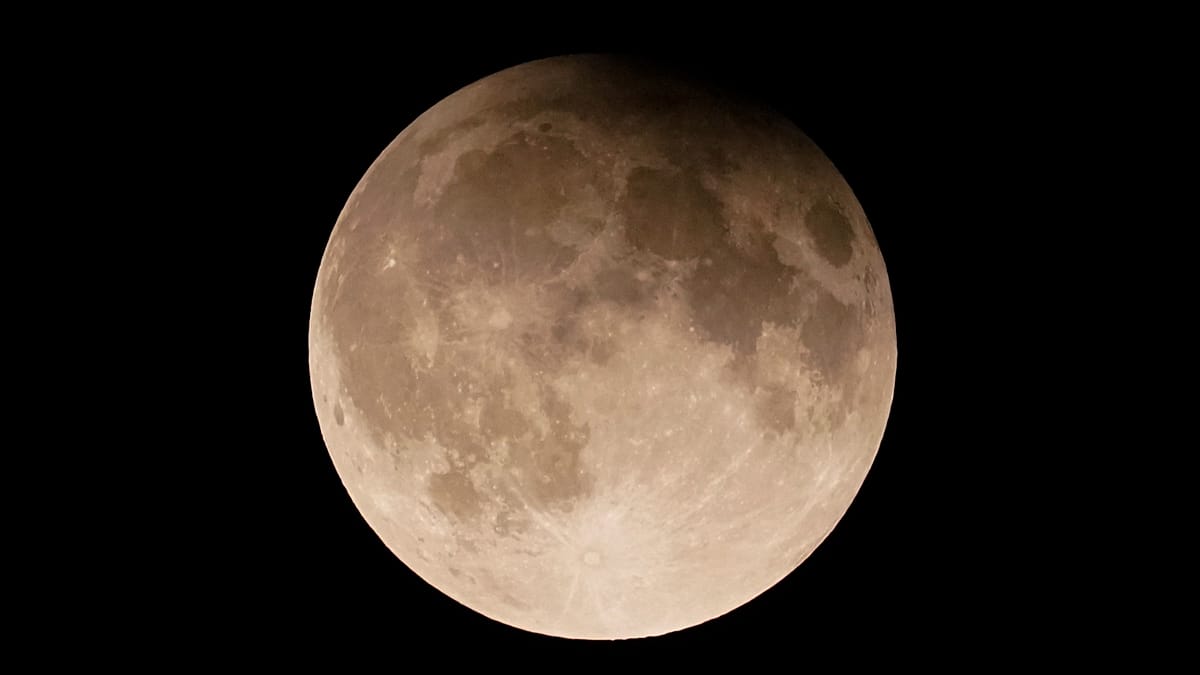“The Day of the Dead is much more Spanish than Halloween**”**, explains Susana Pliego, Director of Culture at Casa de México, explaining the importance of this tradition that is gaining an ever increasing number of followers in Spain. In contrast to Halloween, which is a more gloomy holiday based on the sale of sweets and things which go bump in the night, the Day of the Dead unites pre-Hispanic Mexican traditions with Spanish ones to celebrate life and what lies beyond death.
In order to showcase Mexican customs, for the eighth consecutive year the Casa de México in Madrid has set up an altar of the dead, designed for this edition by the architect and photographer Guillermo González.
‘Cabaret of memories‘, the largest altar to the dead in Europe, is inspired by the Mexican cabaret of the first decades of the 20th century, heavily influenced by French and German cabaret. Guillermo González wanted to base his altar on this celebration of music and dance, whose elements evoke the presence of happy souls that continue to shine in the afterlife.
The striking and colourful altar features several spectacular pieces such as12 life-size ‘star performers’, 62 glass spheres, a candelabra of skeltons, or bones, and small cardboard devils**,** as well as a rack of more than 60 skulls (a Mesoamerican ritual structure where the skulls of those sacrificed in honour of the gods were displayed) .
The tour proposed by the institution takes us back to the most vibrant Mexico of the 30s and 40s, a homely place with the traditional altar on the top floor where visitors can leave a message in memory of their loved ones; notes that, once the Day of the Dead has passed, are burned in a ceremony.
What began as atradition among the institution’s employees to have a piece of Mexican folklore on the other side of the ocean has become a key date in the cultural agenda of the year in Spain. The altar is becoming increasingly popular as people seek to learn more about Mexican culture and its cult of death as another phase of our existence. Dince 2003 this celebration has been recognised by Unesco as Intangible Heritage of Humanity.
Mexican marigold and the seven levels of the altar
The seven levels of a Day of the Dead altar represent the path that the soul of the deceased must travel to reach eternal rest, symbolising purification and protection during its journey.
Although the composition may vary, as a general rule the following are placed in levels: the saint of devotion, the souls in purgatory, salt for purification, the traditional pan de muerto, the favourite food of the deceased, a photograph of the deceased, and finally a cross made of seeds or lime.
Another element that cannot be missing is the marigold flower, with strong orange tones and a characteristic smell that guides the dead on their journey.
The Casa de México altar can be visited throughout Madrid until 9 November and guided tours lasting 25 minutes can be booked through its website.
Video editor • David Artiles Garcia
Additional sources • Juan isidro Montero García





